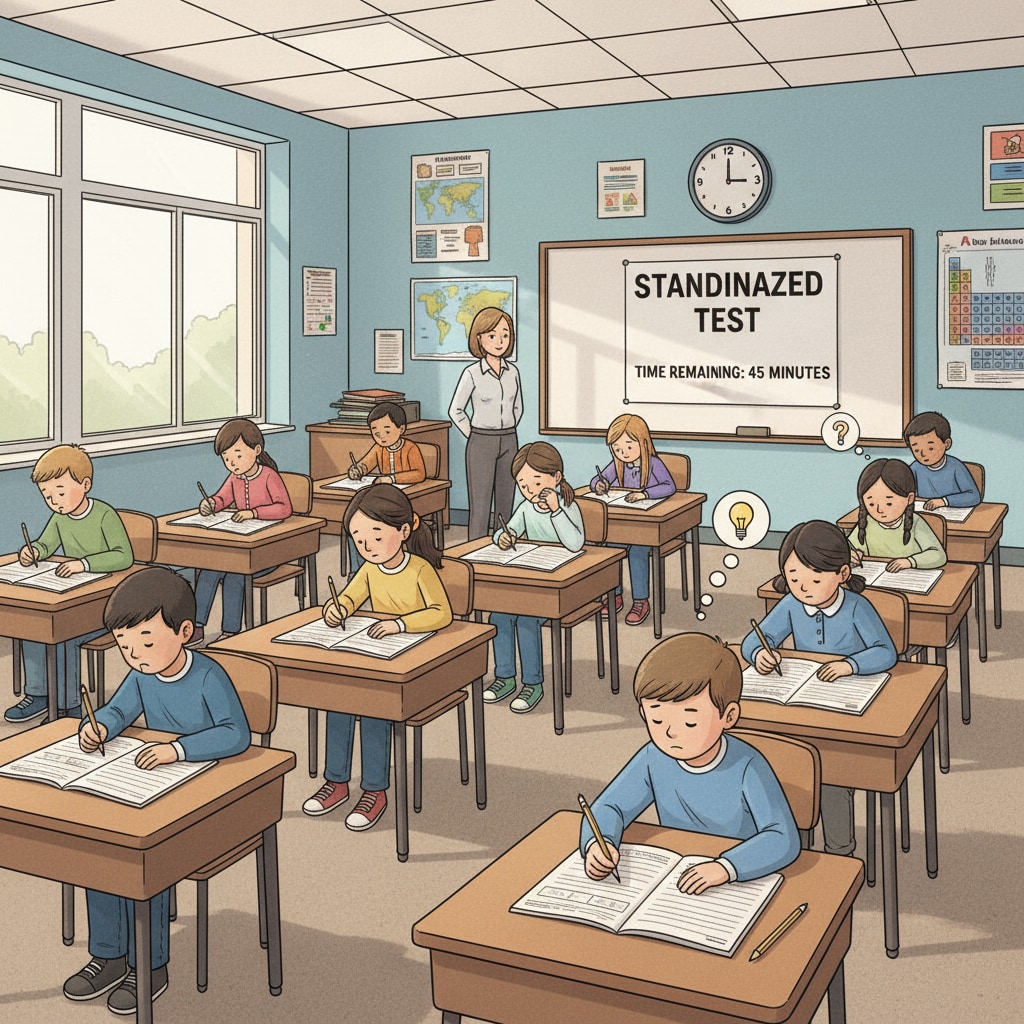The “No Child Left Behind” policy in the United States has significantly intertwined education funding, test scores, and the direction of K12 education. This policy was intended to improve educational quality and ensure equal opportunities for all students. However, in practice, it has led to a series of unexpected consequences.

The Link between Funding and Test Scores
The “No Child Left Behind” policy tied education funding directly to students’ test scores. Schools that achieved high test scores would receive more funding, while those with low scores might face cuts. As a result, schools were under great pressure to focus on test preparation. No Child Left Behind Act on Wikipedia
This led to a shift in teaching priorities. Teachers began to spend more time on teaching test-taking skills and the specific knowledge that would be tested. Subjects like art, music, and physical education, which are crucial for a well-rounded education, were often sidelined. For example, many schools reduced the number of art classes to make more room for math and language arts test preparation.

The Distortion of Educational Goals
The overemphasis on test scores due to the funding policy has distorted the true goals of education. Instead of fostering creativity, critical thinking, and a love for learning, the system has become more about achieving high scores on standardized tests. Students are often drilled on facts and procedures, rather than encouraged to explore and question. No Child Left Behind Act on Britannica
This has implications for students’ long-term development. A student who excels at test-taking may not necessarily be well-prepared for the real world, where creativity and problem-solving skills are highly valued. Moreover, the pressure to perform well on tests can cause stress and anxiety among students, affecting their mental health and overall well-being.
In conclusion, the “No Child Left Behind” policy, by tying education funding to test scores, has had a detrimental impact on American K12 education. It has shifted teaching priorities away from holistic education and towards test preparation, potentially hindering the development of a generation with the skills and qualities needed for the future. It is essential to reevaluate this policy and find a more balanced approach to education funding that supports the true goals of education.
Readability guidance: This article uses short paragraphs and lists to summarize key points. Each H2 section provides a clear focus. The proportion of passive voice and long sentences is controlled, and transition words are used throughout to enhance readability.


